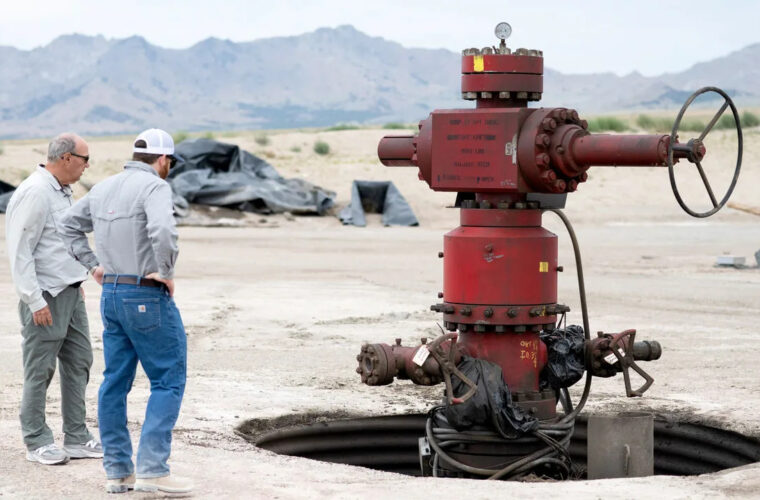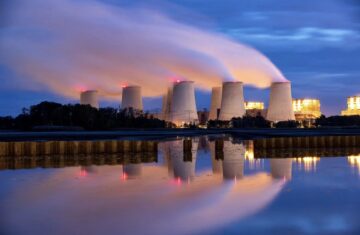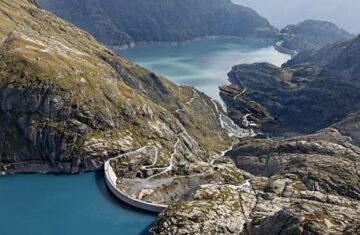Data centres—massive networks of computer servers—are experiencing unprecedented growth, driven by the rising demand for artificial intelligence (AI), which some experts believe heralds the next industrial revolution. As technology giant Microsoft projects that generative AI could add $10 trillion to global GDP over the next decade, the role of data centres becomes even more critical.
The Energy Challenge
However, data centres are notorious for their high energy consumption. In Australia, they account for approximately 1% of annual electricity use, translating to about three terawatt hours, according to a report from Mandala Partners. In contrast, data centres in the United States consume roughly 4% of the nation’s total electricity, a figure that AXA Investment Managers anticipates could rise to 9.1% by 2030. This significant energy demand has led to increased scrutiny regarding their impact on climate change.
Transition to Renewable Energy
Despite the criticism, major tech companies are at the forefront of adopting renewable energy solutions. For instance, Meta has partnered with Sage Geosystems to expand geothermal energy use in its data centres, while Google has initiated deals to utilize small reactors with molten fluoride salt for cooling instead of traditional water-based systems.
The resurgence of nuclear power in the United States has also been influenced by the data centre industry’s growth, with Microsoft supporting the restart of the Three Mile Island plant in Pennsylvania to meet energy demands.

The Appeal of Geothermal and Nuclear Energy
So why are geothermal and nuclear energy emerging as favored solutions for Big Tech? According to Josh Puckridge, CEO of Earths Energy (ASX:EE1), power sovereignty is crucial. Data centres require uninterrupted power, and while renewable sources like wind and solar are beneficial, they can be unreliable due to weather conditions.
Puckridge notes that geothermal energy is experiencing a renaissance, with significant R&D funding since 2018. Its applications are expanding, making it a perfect fit for modern data centres. For example, Google has partnered with Fervo in Nevada to develop innovative geothermal solutions, and Microsoft has invested over $1 billion in a geothermally powered data centre in Kenya.
Energy Efficiency with Geothermal
Geothermal technology offers additional benefits beyond power generation. While the energy used for computing tasks has overtaken that for temperature control, cooling systems still consume considerable power. Geothermal systems can utilize underground resources as natural heat sinks, significantly reducing energy requirements for cooling.
Earths Energy is also exploring vapor absorption chillers, which use heat sources instead of electricity to produce chilled water, further enhancing energy efficiency.
The Role of Nuclear Energy
While geothermal energy is a key player, it cannot be implemented everywhere, making nuclear energy an attractive alternative. Bruce Lane, executive director of GTI Energy (ASX:GTR), highlights nuclear’s reliability, low emissions, and safety records as compelling reasons for its adoption by major tech companies. The recent nuclear deals by companies like Microsoft and Amazon indicate a shift towards more stable energy sources.
With the U.S. Department of Energy aiming for an additional 35 GW of nuclear capacity within the next decade, demand for uranium could increase significantly, benefiting U.S. uranium miners and developers.
Conclusion
As data centres continue to expand, the shift towards geothermal and nuclear energy is not just a trend but a necessity for sustainable growth. By investing in these energy sources, Big Tech can meet rising demands while minimizing their environmental impact, paving the way for a greener future.
Sources
- Mandala Partners Report on Data Centres
- AXA Investment Managers Data Centre Projections
- Earths Energy
- GTI Energy



